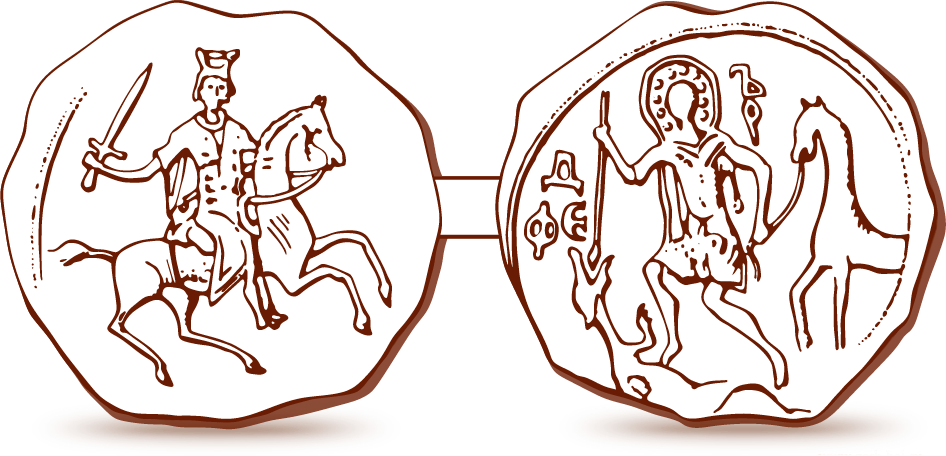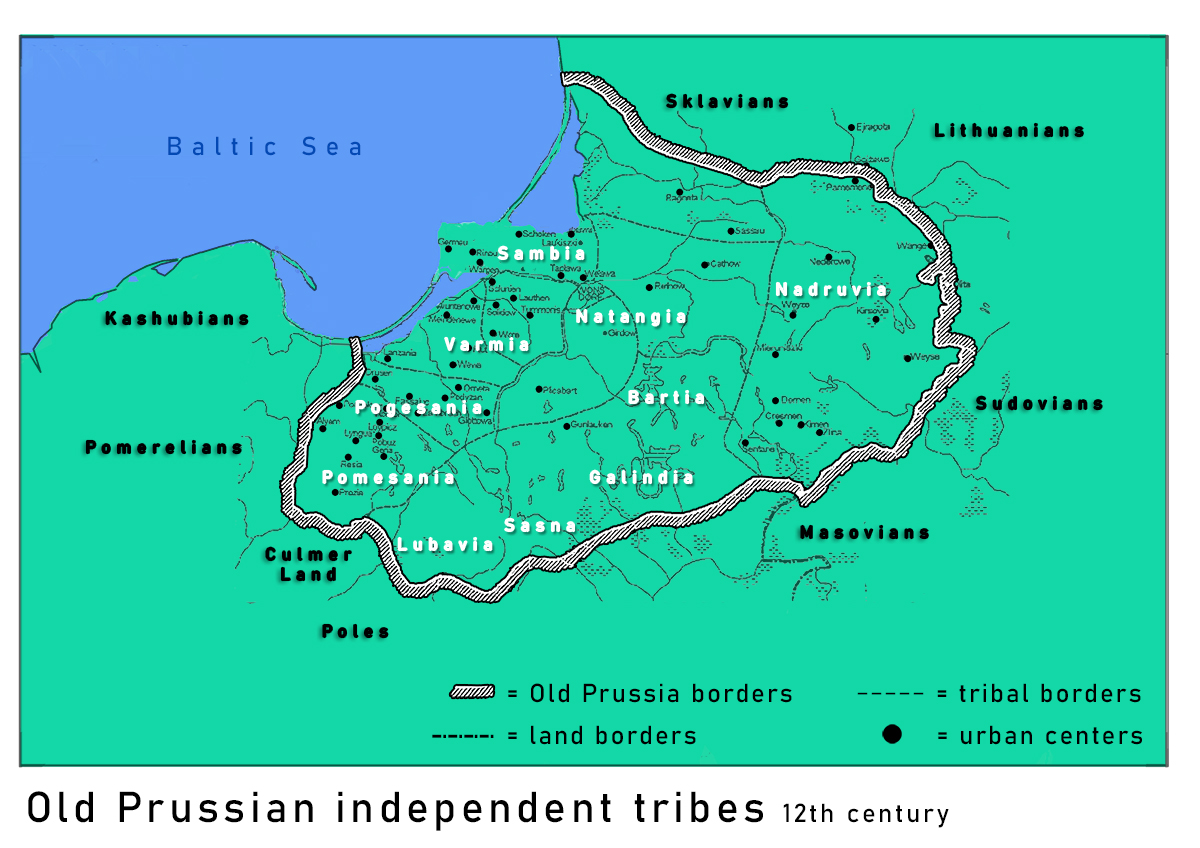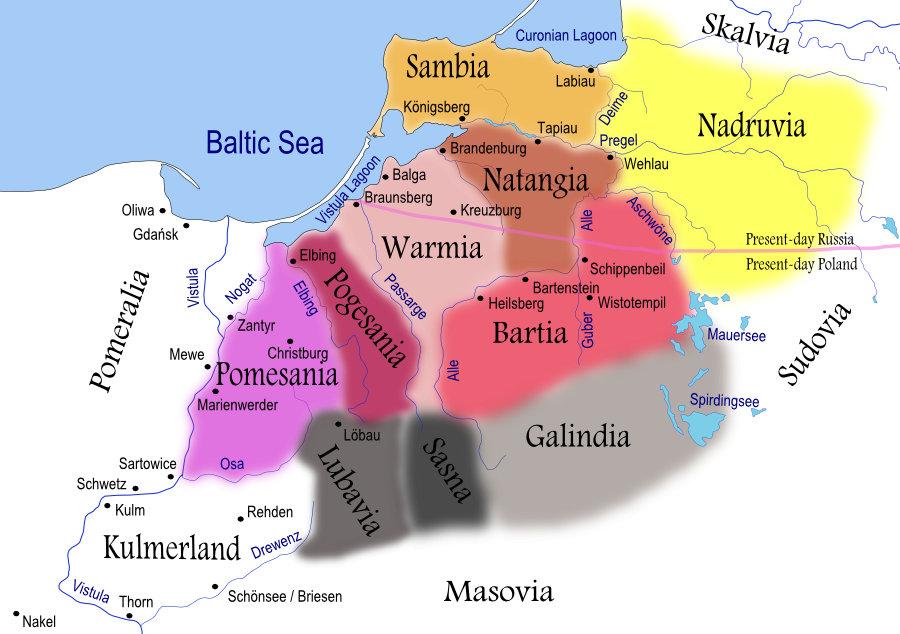|
Nevskoye Microdistrict
Nevskoye () is a residential area in Leningradsky District of Kaliningrad, Russia. It was formerly known by its German language names Kummerau and Cummerau as first a suburb of and then a quarter of Königsberg, Germany, located northeast of the city center. History Kummerau was founded in 1336 by the Bishopric of Samland as a German village; all surrounding villages at the time were inhabited by Old Prussians. In the 18th century Kummerau was administered from Kalthof. By the 20th century Kummerau was connected to Rothenstein to the northwest by Rothensteiner Straße and connected to Devau to the south by Kummerauer Straße. The village was incorporated into the city of Königsberg in 1927. Housing in Kummerau increased in the 1930s during the Nazi era.Gause III, p. 132 Königsberg was transferred to Soviet control in 1945 after World War II. Königsberg was subsequently renamed to ''Kaliningrad'' and Kummerau to ''Nevskoye'', after Alexander Nevsky Alexander Yaroslavic ... [...More Info...] [...Related Items...] OR: [Wikipedia] [Google] [Baidu] |
Leningradsky Administrative District, Kaliningrad
Leningradsky Administrative District () is a district (''raion'') of the city of Kaliningrad, Kaliningrad Oblast, Russia Russia, or the Russian Federation, is a country spanning Eastern Europe and North Asia. It is the list of countries and dependencies by area, largest country in the world, and extends across Time in Russia, eleven time zones, sharing Borders .... Population: References City districts of Kaliningrad {{KaliningradOblast-geo-stub ... [...More Info...] [...Related Items...] OR: [Wikipedia] [Google] [Baidu] |
Rizhskoye
Rizhskoye () is part of the Leningradsky District in northern Kaliningrad, Russia. It was formerly known by its German language name Kalthof as first a suburb of and then a quarter of Königsberg, Germany. History Barracks of the Pionier-Bataillon Fürst Radziwill (Ostpreußisches) Nr. 1 Kalthof was founded by the Teutonic Knights as an outwork (''Vorwerk'') estate on the eastern approach to medieval Königsberg. Its farmland extended as far west as Rossgarten's marketplace, the Roßgärter Markt; the farmland was gradually developed by Rossgarten and Neue Sorge over centuries. A copper mill was located nearby in 1416. The estate was worked by farmers from nearby villages. In the late 17th century Kalthof, Lawsken, and Spittelhof were possessed by Johann von Hille, commandant of Fort Friedrichsburg. The 1,100 morgen Devau Revuefeld just east of Kalthof was the oldest large training ground of the Prussian Army, with exercises held annually since 1717. King Frederick the Great ... [...More Info...] [...Related Items...] OR: [Wikipedia] [Google] [Baidu] |
1337 Establishments In Europe
Year 1337 ( MCCCXXXVII) was a common year starting on Wednesday of the Julian calendar. Events January–December * March 16 – Edward, the Black Prince establishes the Duchy of Cornwall, becoming the first English Duke. * May 24 – Philip VI of France confiscates Gascony from English control. * August – Second War of Scottish Independence: English forces relieve Stirling Castle, ending Edward III of England's last campaign in Scotland. * October – Hundred Years' War: Edward III of England formally rejects Philip VI's claim to the French throne, initiating hostilities between France and England. * November – Battle of Cadzand: English troops raid the Flemish island of Cadzand. Date unknown * Bisham Priory is founded in England. * The Scaligeri Family loses control of Padua; Alberto della Scala, patron of the music of the Trecento, moves to Verona. * Petrarch, "father" of Renaissance humanism, first visits Rome to wander its mysterious rui ... [...More Info...] [...Related Items...] OR: [Wikipedia] [Google] [Baidu] |
Alexander Nevsky
Alexander Yaroslavich Nevsky (; ; monastic name: ''Aleksiy''; 13 May 1221 – 14 November 1263) was Prince of Novgorod (1236–1240; 1241–1256; 1258–1259), Grand Prince of Kiev (1249–1263), and Grand Prince of Vladimir (1252–1263). Commonly regarded as a key figure in medieval Russian history, Alexander was a grandson of Vsevolod the Big Nest and rose to legendary status on account of his military victories in northwestern Russia over Swedish invaders in the 1240 Battle of the Neva, as well as German crusaders in the 1242 Battle on the Ice. He preserved Eastern Orthodoxy, agreeing to pay tribute to the powerful Golden Horde. Metropolitan Macarius of Moscow canonized Alexander Nevsky as a saint of the Russian Orthodox Church in 1547. Early life Born in Pereslavl-Zalessky around the year 1220, Alexander was the second son of Prince Yaroslav Vsevolodovich. His mother was , daughter of Mstislav Mstislavich The Bold. From the ''Tales of the Life and Courage of the ... [...More Info...] [...Related Items...] OR: [Wikipedia] [Google] [Baidu] |
Soviet Union
The Union of Soviet Socialist Republics. (USSR), commonly known as the Soviet Union, was a List of former transcontinental countries#Since 1700, transcontinental country that spanned much of Eurasia from 1922 until Dissolution of the Soviet Union, it dissolved in 1991. During its existence, it was the list of countries and dependencies by area, largest country by area, extending across Time in Russia, eleven time zones and sharing Geography of the Soviet Union#Borders and neighbors, borders with twelve countries, and the List of countries and dependencies by population, third-most populous country. An overall successor to the Russian Empire, it was nominally organized as a federal union of Republics of the Soviet Union, national republics, the largest and most populous of which was the Russian SFSR. In practice, Government of the Soviet Union, its government and Economy of the Soviet Union, economy were Soviet-type economic planning, highly centralized. As a one-party state go ... [...More Info...] [...Related Items...] OR: [Wikipedia] [Google] [Baidu] |
Nazi Germany
Nazi Germany, officially known as the German Reich and later the Greater German Reich, was the German Reich, German state between 1933 and 1945, when Adolf Hitler and the Nazi Party controlled the country, transforming it into a Totalitarianism, totalitarian dictatorship. The Third Reich, meaning "Third Realm" or "Third Empire", referred to the Nazi claim that Nazi Germany was the successor to the earlier Holy Roman Empire (800–1806) and German Empire (1871–1918). The Third Reich, which the Nazis referred to as the Thousand-Year Reich, ended in May 1945, after 12 years, when the Allies of World War II, Allies defeated Germany and entered the capital, Berlin, End of World War II in Europe, ending World War II in Europe. After Hitler was appointed Chancellor of Germany in 1933, the Nazi Party began to eliminate political opposition and consolidate power. A 1934 German referendum confirmed Hitler as sole ''Führer'' (leader). Power was centralised in Hitler's person, an ... [...More Info...] [...Related Items...] OR: [Wikipedia] [Google] [Baidu] |
Rothenstein (Königsberg)
Rothenstein was first a suburb of and then a quarter of northeastern Königsberg, Germany. Its territory is now part of the Leningradsky District of Kaliningrad, Russia. Rothenstein was located northeast of the Oberteich. It was connected to Maraunenhof by the road Cranzer Allee and to Kummerau by Rothensteiner Straße. A retirement and nursing home opened in Rothenstein in 1914. A munitions explosion at Rothenstein's munitions factory caused the death of 200 workers on 10 April 1920; Friedrich Lahrs and Stanislaus Cauer designed a memorial in the nearby Gemeindefriedhof cemetery to honor the victims. The architect Kurt Frick developed the housing development Siedlung Rothenstein after his return to Königsberg in 1921. Rothenstein was incorporated into the city of Königsberg by 1927. After the Soviet capture of Königsberg during World War II, the NKVD established an internment camp Internment is the imprisonment of people, commonly in large groups, without Criminal ... [...More Info...] [...Related Items...] OR: [Wikipedia] [Google] [Baidu] |
Old Prussians
Old Prussians, Baltic Prussians or simply Prussians were a Balts, Baltic people that inhabited the Prussia (region), region of Prussia, on the southeastern shore of the Baltic Sea between the Vistula Lagoon to the west and the Curonian Lagoon to the east. As Balts, they spoke an Indo-European languages, Indo-European language of the Baltic languages, Baltic branch now known as Old Prussian language, Old Prussian and worshipped pre-Christian Prussian mythology, deities. Their ethnonym was later adopted by predominantly Low German language, Low German-speaking inhabitants of the region. The duchy of the Duchy of Poland (c. 960–1025), Polans under Mieszko I, which was the predecessor of the Kingdom of Poland (1025–1385), Kingdom of Poland, first attempted to conquer and baptize the Baltic tribes during the 10th century, but repeatedly encountered strong resistance. Not until the 13th century were the Old Prussians subjugated and their lands conquered by the State of the Teuton ... [...More Info...] [...Related Items...] OR: [Wikipedia] [Google] [Baidu] |
Kaliningrad
Kaliningrad,. known as Königsberg; ; . until 1946, is the largest city and administrative centre of Kaliningrad Oblast, an Enclave and exclave, exclave of Russia between Lithuania and Poland ( west of the bulk of Russia), located on the Pregolya, Pregolya River, at the head of the Vistula Lagoon, and the only Port#Warm-water port, ice-free Russian port on the Baltic Sea. Its population in 2020 was 489,359. Kaliningrad is the second-largest city in the Northwestern Federal District, after Saint Petersburg and the List of cities and towns around the Baltic Sea, seventh-largest city on the Baltic Sea. The city had been founded in 1255 on the site of the ancient Old Prussians, Old Prussian settlement ''Twangste'' by the Teutonic Knights during the Northern Crusades, and named ''Königsberg'' ("king's mountain") in honor of King Ottokar II of Bohemia. A Baltic port city, it successively became the capital of the State of the Teutonic Order, the Duchy of Prussia and the provinces of ... [...More Info...] [...Related Items...] OR: [Wikipedia] [Google] [Baidu] |
Germans
Germans (, ) are the natives or inhabitants of Germany, or sometimes more broadly any people who are of German descent or native speakers of the German language. The Basic Law for the Federal Republic of Germany, constitution of Germany, implemented in 1949 following the end of World War II, defines a German as a German nationality law, German citizen. During the 19th and much of the 20th century, discussions on German identity were dominated by concepts of a common language, culture, descent, and history.. "German identity developed through a long historical process that led, in the late 19th and early 20th centuries, to the definition of the German nation as both a community of descent (Volksgemeinschaft) and shared culture and experience. Today, the German language is the primary though not exclusive criterion of German identity." Today, the German language is widely seen as the primary, though not exclusive, criterion of German identity. Estimates on the total number of Germ ... [...More Info...] [...Related Items...] OR: [Wikipedia] [Google] [Baidu] |
Bishopric Of Samland
The Diocese of Samland (Sambia) (, ) was a Latin Church diocese of the Catholic Church in Sambia Peninsula, Samland (Sambia) in Prussia (region), medieval Prussia. It was founded in 1243 by papal legate William of Modena. Its seat was Königsberg, until 1523 the episcopal residence was in Primorsk, Kaliningrad Oblast, Fischhausen. The bishopric became Lutheranism, Lutheran in the 16th century during the Protestant Reformation and was eventually dissolved following the establishment of Ducal Prussia, a Protestant vassal duchy of the Crown of the Kingdom of Poland, Kingdom of Poland. The territory of the defunct bishopric of Samland came nominally under the jurisdiction of the Roman Catholic Roman Catholic Archdiocese of Warmia, bishopric of Warmia in the 17th century, and the title of bishop of Samland was occasionally used by Warmian bishops. From 1617 to 1773, the Bishops of Warmia were the Catholic Apostolic administrators of Sambia. In 1821 Pope Pius VII formally dissolved the D ... [...More Info...] [...Related Items...] OR: [Wikipedia] [Google] [Baidu] |





